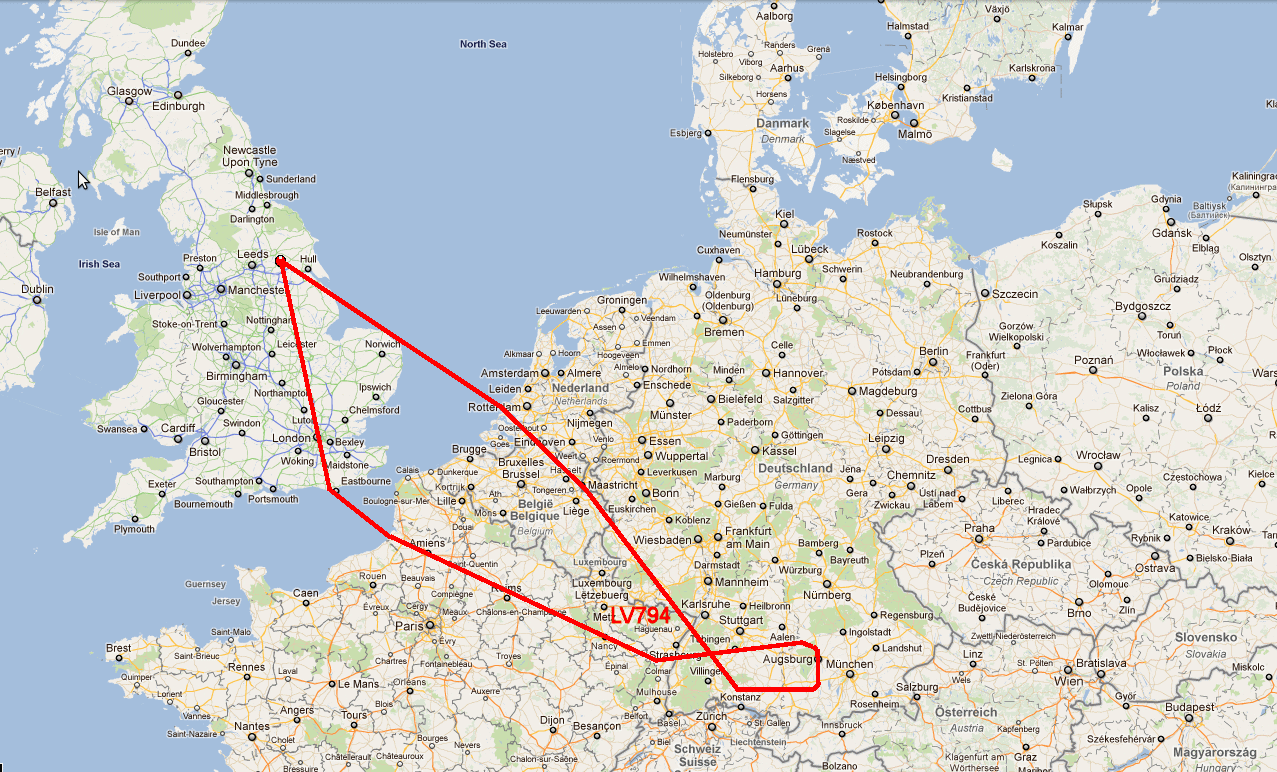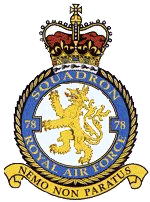
February 1944 |
25th |
William Uyen is still on leave after his crash so this night there is no operation planned for William.
594 aircraft - 461 Lancasters, 123 Halifaxes, 10 Mosquitos - on the first large raid to Augsburg. The various diversions and the splitting of the main bomber force into 2 waves again reduced casualties still further. The bombing at Augsburg was outstandingly successful in clear weather conditions and against this 'virgin' target with only weak flak defences. The Pathfinder ground-marking was accurate and the raid became controversial because of the effects of its outstanding accuracy. The beautiful old centre of Augsburg was completely destroyed by high explosive and fire, with much less than the usual spread of bombing to the more modern outer areas, where some industry was located. There were 246 large or medium fires and 820 small ones; the temperature was so cold (minus 18" Celsius) that the River Lech was frozen over and many of the water hoses also froze. The Germans publicized it as an extreme example of 'terror bombing'. 131 aircraft minelaying in Kiel Bay, 22 Mosquitos to airfields in Holland, 15 Mosquitos on diversionary raids to 4 towns to the north of the Augsburg routes, 5 RCM sorties, 10 Serrate patrols. |
No.78 Squadron |
15 aircraft detailed for operations, Target the MAN Diesel works in Augsburg. February 25 1944 3 aircraft would not start, 9 aircraft reached and attacked the target. The ground crew managed to prepared the LW518, LW815, LW788, LK749, LV797, LV872, LW507, LK748, LW510, LW517, LV794 and the LK762 for tonight’s operation. |
|
1 Aircraft lost on this raid |
Returned early |
LK749 EY-J |
F/L Hudson took off at 21:11 towards Ausburg, but turned back because the outer starboard engine was inoperable. Farthest point reaches 40 km. Northeast of Ipswitch at 52.20N/01.41E All bombs safely thrown into the sea. LK749 landed safely again at Breighton at 00:20. |
Returned early |
LV872 |
Sgt Boswell left at 21:07, but decided to turn back within 30 minutes because A.S.I. (speedometer) was not working properly. Reached furthest point northeast of Cambridge at 52.36N/00.34E Bombs dropped safely over sea. This evening ended again with the landing at Breighton at 22:35 . |
Returned early |
LW518 EY-A |
F/L Watson accelerated and left the runway in LW518 at 21:20. But returned because the outer starboard engine was no longer usable. Reached furthest point north of Norwich at 53.10N/01.00E. Bombs dropped safely over sea and started the return journey, landing again at Breighton at 22:57. |
Lost in Action |
LV794 EY-O |
F/L Carruthers is reported missing after being attacked and set on fire at 20.000ft by night fighter. 3 POW, 4 airman killed. Airborne 2105 25th February 1944 from Breighton. Shot down from 20,000 feet by a Ju88 nightfighter. As Sgt Flexman left the stricken aircraft, an explosion occurred and he remembers nothing until he came to his senses, lying on the ground. The son of Fl/Sgt. Arthur Collins, Roger, found some notes his father had left in his Aircrew Association notebook and this is what he wrote:
"We were returning to RAF Breighton from a successful ops to the MAN diesel works in Augsburg when suddenly we were fired upon by a German night fighter. Our aircraft took a direct hit and the aircraft exploded. I was blown out the aircraft and about 300 yards above a small wooded area I regained my conscious and pulled the rip cord and heavily landed in tree hanging just above the ground. My leg was badly wounded with shrapnel. The rear gunner cut the chute down and lifted me to the ground and then carried me to a road on the outskirts of a small village.
At dawn I was found by a farmer who placed me in a wheelbarrow and took me to a nearby Convent hospital where I underwent surgery on my leg. The following day I was visited in hospital by the pilot of the night fighter. It transpired he was the pilot of a JU88 and his name was Major Günther Radusch of Stab /NJG2 of the Luftwaffe. To my surprise he spoke perfect English and explained he had studied at Oxford University before the war. He expressed his regrets at the loss of my aircraft and crew and left me with a supply of cigarettes and chocolate. When I was fully recovered I was transferred to POW camp. I was returned to the UK on a hospital ship from Marseille in March 1945. I discovered that my aircraft was shot down near the village of Fischbach bei Dahn, Rheinland-Pfalzer."
Those killed are buried in the Rheinberg War cemetery. F/L W.M.Carruthers KIA. Sgt I.Bell KIA. F/S A.Collins RAAF(?) Inj. F/S C.W.Sisley RAAF KIA. Sgt A.R.Flexman was interned in Camps L6/357, PoW No.2344, with F/S E.C.Hocking PoW No.2343, and F/S B.Janke, PoW No.2342. |
February 1944 |
26th |
No Operations or standby for No.78 Squadron. |
|
27th |
No Operations or standby for No.78 Squadron.
|
|
28th |
12 aircraft detailed for operations, Later cancelled. Weather: Clear and sunshine, with a few scattered clouds and slight wind. By night fall the weather began closing in and prior to take-off time the operation was cancelled. |
|
29th
|
No Operations or standby for No.78 Squadron. |
